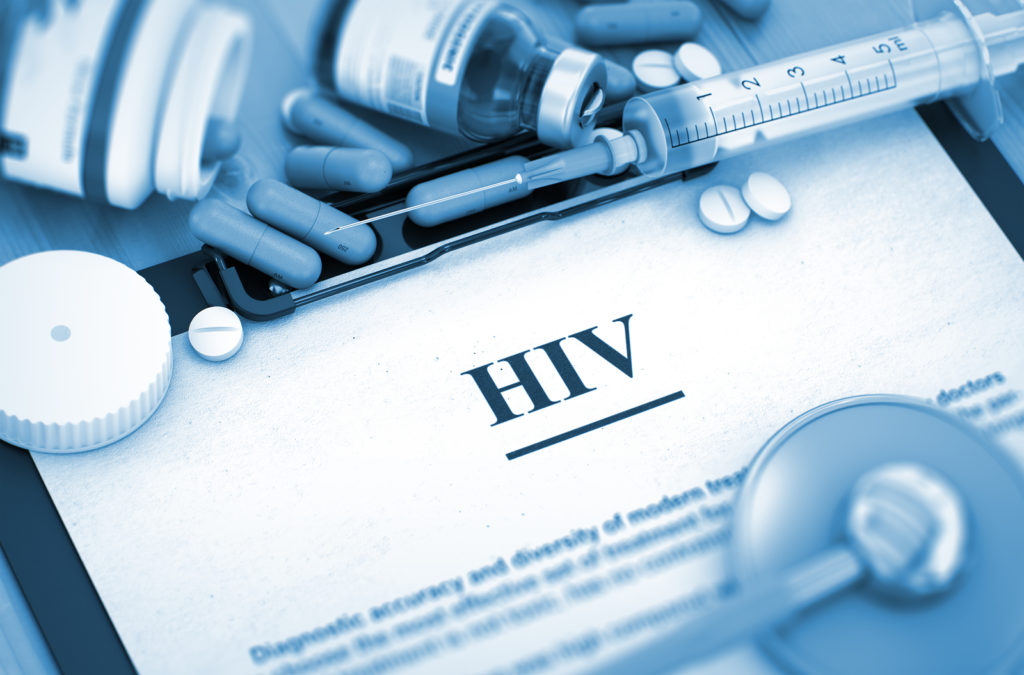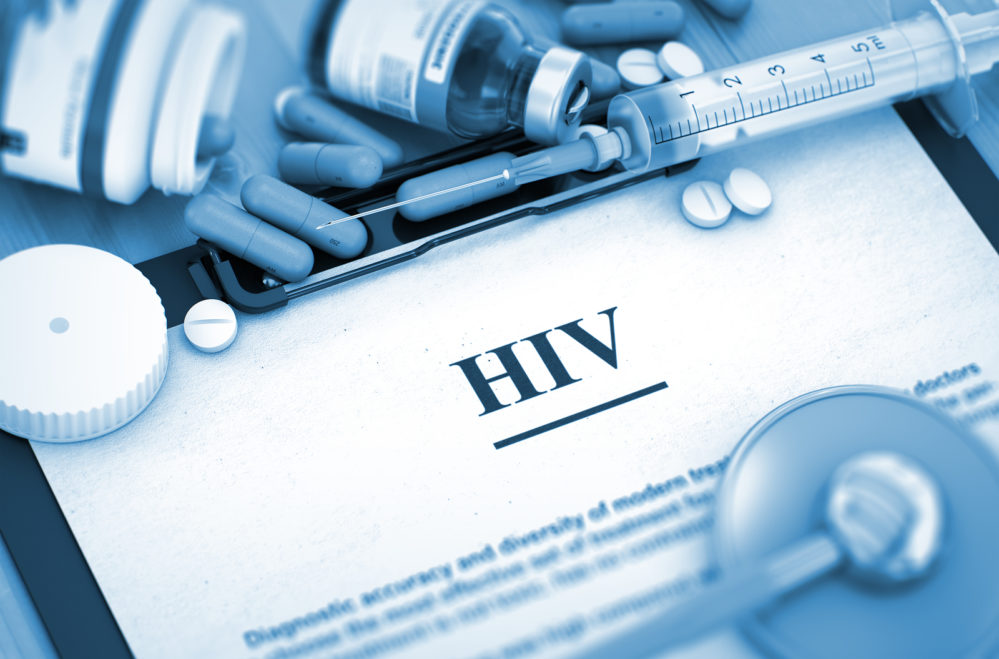
There has been a drop in new HIV transmissions between 2014 and 2018, across the UK, a new report has found.
New data showing substantial progress on reducing HIV rates in the capital has been welcomed by London Councils.
National figures released today by Public Health England highlight that HIV diagnoses have fallen faster in London than elsewhere. In 2014, London accounted for half of new diagnoses in gay and bisexual men. The latest data shows this was reduced to 39% by 2018.
The drop in national HIV transmission rates has been especially large among men who have sex with men, with a 73% fall between 2014 and 2018. The number of new HIV diagnoses in people who acquired HIV heterosexually has almost halved over the past decade from 3,400 in 2009 to 1,940 in 2018.
The steepest declines were in London residents, in those aged 25 to 34 years, in persons of black African ethnicity, and those born abroad.
Combination of preventions is to thank for the decline
Public Health England points to the success of the combination prevention approach – which includes the use of condoms, regular HIV testing, starting antiretroviral therapy as soon as possible if HIV positive, and taking the HIV prevention medicine PrEP (Pre-exposure Prophylaxis) if HIV negative.
Combination prevention is promoted in the capital through the London HIV Prevention Programme (LHPP). The programme, which is funded collaboratively by London boroughs, has been providing HIV testing and condom distribution across the city through its sexual health promotion service since 2014. The LHPP also delivers the pan-London multi-media HIV prevention awareness campaign ‘Do It London’.
Cllr Ray Puddifoot, London Councils’ Executive Member for Health & Care, said, “This data shows that London is making excellent progress in tackling HIV.
“We’re incredibly proud of the contribution made by the boroughs’ collaborative London HIV Prevention Programme and the Do It London campaign. By working efficiently and effectively together on this public health challenge, boroughs ensure clear and consistent messages are communicated to Londoners about the importance of testing and protection.”
Paul Steinberg, lead commissioner of the London HIV Prevention Programme, said, “Today’s report is further evidence of London leading the way on HIV prevention.
“The capital has made very significant progress in reducing HIV in the last decade, which is testament to everyone involved in ending the epidemic. Our world-class NHS services, alongside community-based initiatives including the boroughs’ London HIV Prevention Programme, have played a crucial role in achieving that progress.
“The cross-borough innovation and collaboration by the boroughs on HIV since 2014 is paying dividends, with London’s HIV strategy now regarded around the world as a success story.
“Further challenges remain. We must continue our efforts to reduce late diagnosis, to raise awareness of HIV among our key communities and to diagnose the 2,100 people who are currently living with HIV but are unaware of their status. We’re committed to continuing this progress and achieving zero new HIV diagnoses in London by 2030.”
London is a member of the worldwide Fast-Track Cities initiative and became one of the first global cities to meet the UN’s ambitious HIV diagnosis and treatment targets. London has pledged to achieve three key HIV goals by 2030: zero new transmissions, zero deaths, and zero stigma.




